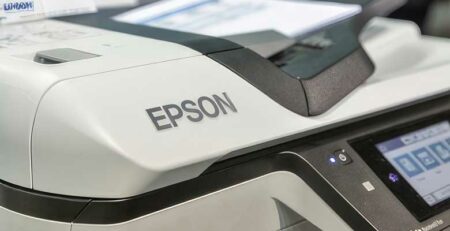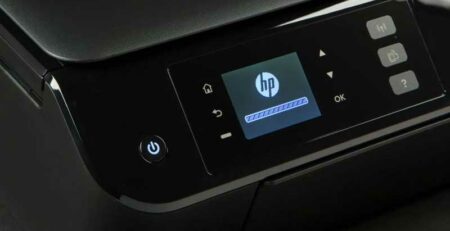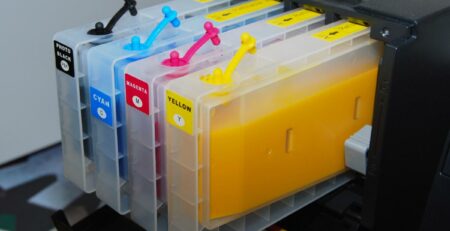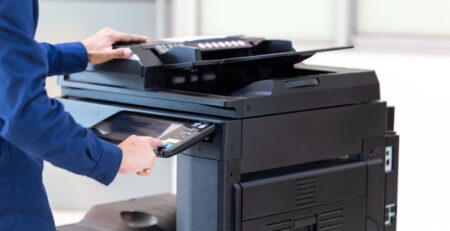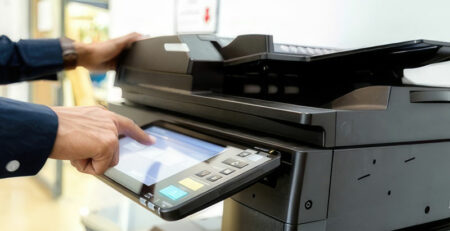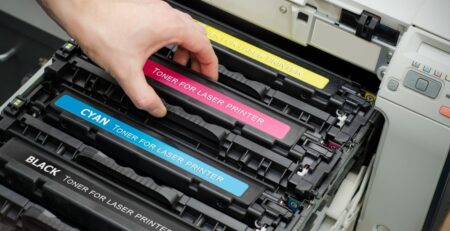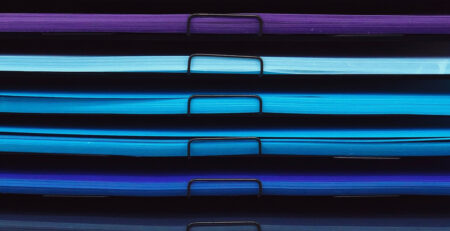Inkjet vs Laser Printers
Choosing Between Inkjet and Laser Printers
Inkjet vs Laser Printers: Which one is right for you? This is a fundamental question that arises when venturing into the world of printer shopping. Understanding the differences between these two technologies and identifying the top models in each category can help alleviate the confusion. Ultimately, the choice between inkjet and laser printers hinges on your intended usage and which technology is better suited to meet your specific needs.
While both inkjet and laser printers have their place in homes and offices, one is likely to be more suitable for your requirements than the other. It’s essential to evaluate your printing needs and consider factors such as print quality, speed, cost, and versatility before making a final decision.
What is an Inkjet Printer?
An inkjet printer is a device that utilises microscopic droplets of ink to produce prints. These printers are generally more affordable, compact, and versatile, allowing you to print both text documents and high-quality colour images, including photographs. However, it is crucial to exercise caution when purchasing cheap inkjet printers, as they may end up costing you more in the long run due to expensive ink cartridges.
Inkjet printers are known for their ability to produce detailed and vibrant prints, making them an ideal choice for individuals who prioritise colour accuracy and image quality. It is always essential to consider the long-term costs associated with inkjet printers, including potential maintenance expenses.
How Does an Inkjet Printer Work?
The printing process in an inkjet printer involves several steps. First, the printer receives an image or document from a connected device. Then, small nozzles or jets located throughout the printer spray ink droplets onto a sheet of paper as it passes through. These nozzles release thousands of ink droplets, with each droplet formed by heating the nozzle with electricity.
The heat causes the ink to expand into a bubble, which is then expelled onto the paper. As the ink bubble collapses, it creates a vacuum that draws more ink from the ink cartridge into the nozzle, ready to release the next droplet. Multiple droplets combine to form a single character or image.
What is a Laser Printer?
A laser printer utilises toner powder to create prints on paper. While laser printers tend to be more expensive upfront and require toner cartridges which may seem pricey, they offer several advantages that make them a popular choice, particularly for high-volume printing and office environments. Laser printers are known for their faster print speeds, lower cost per page, and superior text and document printing quality.
The technology used in laser printers allows for consistent print quality, faster print speeds, and longer-lasting prints. Additionally, laser printers are generally more efficient when it comes to handling high-volume printing tasks. While they may require a higher upfront investment, the lower cost per page and longer lifespan of toner cartridges make laser printers a cost-effective option for most UK businesses in the long run.
How Does a Laser Printer Work?
The fundamental process behind a laser printer involves the manipulation of static electricity to attach toner onto a sheet of paper. Contrary to the name, laser printers primarily rely on static electricity rather than actual lasers to transfer toner onto the page. In this process, oppositely charged particles attract each other: positive and negative charges adhere together while like charges repel each other. By creating an electrostatic charge, the printer generates a positive charge on the paper, which then attracts the negatively charged toner particles. The toner is a powdered ink that resembles small grains rather than liquid ink.
The Difference Between Inkjet and Laser Printers
The primary distinction between inkjet and laser printers lies in the way they achieve the printing process. Inkjet printers use liquid ink, which is deposited onto the page through a print head containing numerous micro-nozzles. These printers work by releasing microscopic droplets of ink onto the paper, with the ink either changing the colour of the paper or drying as a deposit on the surface, depending on whether it is dye or pigment-based.
Aside from the printing method, there are several other differences between inkjet and laser printers. Inkjet printers are more commonly used by home users and are suitable for low-volume printing needs. They excel in producing vibrant colour prints, making them a preferred choice for photo printing. On the other hand, laser printers are more commonly found in office settings and are ideal for high-volume printing tasks. They are known for their superior text and document printing quality, offering sharp and precise output.
Which Printer is Best: Inkjet or Laser?
Ultimately, the decision between an inkjet and laser printer depends on your specific printing needs and budget. If you prioritise high-quality photo prints and occasional document printing, an inkjet printer offers excellent results. However, for those who require fast, high-volume document printing and lower long-term printing costs, a laser printer is ultimately the preferred choice.
In conclusion, selecting the right printer requires thoughtful consideration of your printing needs, preferences, and budget. Whether you opt for an inkjet printer with its vibrant colour prints and versatile paper handling or choose a laser printer for its fast speeds and cost-effective printing, both technologies offer their own set of advantages.



